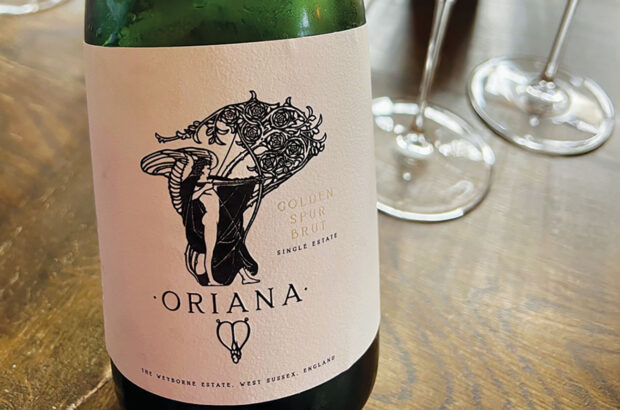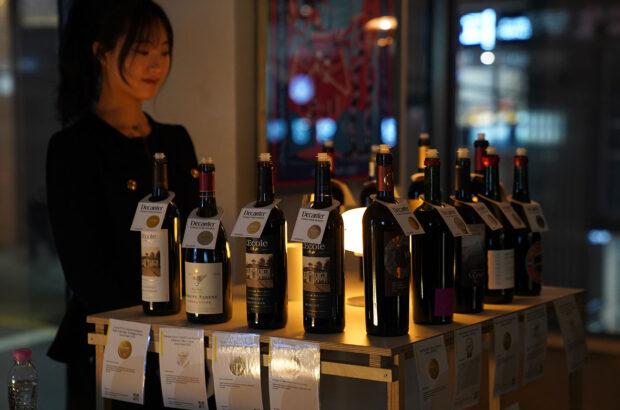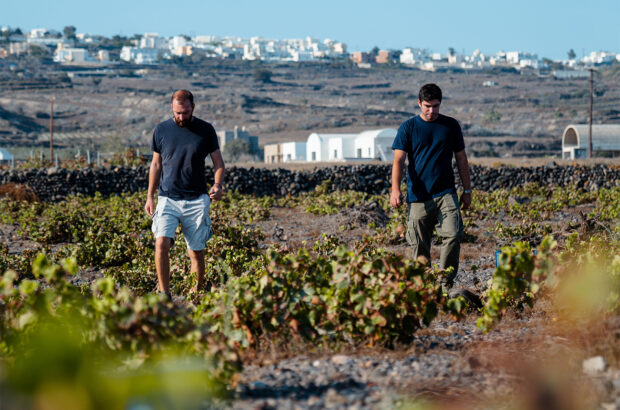It’s time to bring Central and Eastern European wines back into the limelight. From Poland in the north to Serbia in the south and Armenia in the east, these historic wine countries are increasingly popular tourist destinations – but holidaymakers struggle to find the bottles that they have enjoyed discovering once they get home.
On 9th June in London, the second edition of the Ultimate CEE Wine Fair will bring these wine nations together. Open to press and wine professionals, the event aims to create a real buzz – and to show buyers that wines from Central and Eastern Europe deserve their place on shop shelves and restaurant wine lists.
Ancient wine regions to rediscover
For today’s adventurous wine drinkers, these countries promise a refreshingly new experience. CEE countries are steeped in viticultural heritage and grape diversity, and formed a key mixing point as grapevines travelled west from their original domestication centres in the Caucasus and eastern Mediterranean. Wine has been here for a long time, spread through the cultures of Thrace, Ancient Greece and the Illyrians, and later the Roman Empire.
In decades past, indigenous CEE grapes were belittled as plodding workhorse varieties; now, they have become sleek thoroughbreds that can and do compete with the world’s best. Award-winning expressions of international grapes also have their place, showcasing the quality of the terroir – and CEE wines still offer amazing value for the quality in the bottle.
Deep dives and personal stories
The Ultimate CEE Wine Fair will introduce buyers to the dynamic and distinctly individual wine industries of each of these countries by telling the personal stories of owners and winemakers. A programme of masterclasses will cover iconic wines of the region with Caroline Gilby MW; the GROW story (Grašac, Graševina, Olaszrizling, Welschriesling); and spotlights on Cyprus, Ukraine, Georgia and Poland. In the words of one winemaker, ‘It’s time for us to speak with one voice, and get our story known better.’
Serbia: Exciting wine producers finding the spotlight
The Ultimate CEE Wine Fair will fly the flag for 17 countries, all of which tell stories of winemaking transformation – not least Serbia.

Serbian winemakers prize the country’s historic varieties. Credit: Branislav Nenin
The country’s vinous renaissance has been recognised with top medals at the Decanter World Wine Awards in recent years. In 2020, Erdevik Omnibus Lector Chardonnay 2015 became Serbia’s first Platinum medal winning wine. Then, in 2023, Serbia achieved its first Best in Show – an honour only awarded to the top 50 wines each year – with the glorious Vinčić Grašac 2020.
A historical pedigree
In the 19th century, Serbian wines were served in Royal courts across Europe. In 1874, for example, the Wine Society featured red wines from the eastern city of Negotin at an exhibition at the Royal Albert Hall. At the 2025 CEE Wine Fair, this unspoilt, hilly region will be represented by Matalj Winery – one of the icons of modern Serbian wine.
Matalj Winery has focused on developing one of the country’s best single-vineyard Cabernet Sauvignons, as well as reviving near-extinct varieties Bagrina and Začinak. A few miles away is Dalia Winery, a personal project of Kristina Lukić, who studied in Italy and has brought her vision of natural wines back to Serbia.

Wine tastings and pairing menus are on offer at many Serbian wineries. Credit: Branislav Nenin
Terroir in the glass
The central Tri Morave region, with its valleys, rolling hills and constant breezes, was Serbia’s most important region in the 15th century. It’s returning to centre stage today and will be represented at the fair by two producers. Nebojsa Aleksić, owner of the stunning minimalist winery TemeT, fell in love with wine at business school in Paris.
With butterflies and bees fluttering among the vines, TemeT has been certified organic since 2018. Its winemaking is also deeply informed by terroir – Prokupac and Cabernet Franc are grown on a plot of stony clay, while a dolomite-limestone outcrop yields Aleksić’s premium single-vineyard range, named Beli Kamen (white stone).
The small, family-run Podrum Pevac, meanwhile, is another winery driven by big dreams. Beginning as a distillery, it subsequently added wines to its offering and innovated with solar panels to power the winery. It’s perhaps best-known for creating new styles of local Prokupac – including its Blanc de Noirs sparkling expression, a world first.

Serbia’s story is a standout example of Central and Eastern Europe’s wine journey. Credit: Branislav Nenin
Heritage and innovation
To the north, Fruška Gora is a hotbed of innovation and wineries dot the slopes below the country’s oldest national park. In this unusual region, the north-facing slopes are the sunniest: their position overlooking the Danube benefits from both reflected and direct sunshine. Atelier Šapat has 12ha of vines on deep loess deposits facing the river – judicious use of amphorae and larger oak barrels allows the character of the site to shine through in the wines.
On Fruška Gora’s western slopes, Erdevik is Serbia’s oldest winery, built in 1826 by Count Odescalchi. Today, it is a boutique operation working with its own 40ha estate close to the Danube. The winery focuses on international grapes, including a Platinum- awarded Chardonnay, whilst also producing one of Serbia’s finest expressions of Grašac.
Serbia’s story is a standout example of Central and Eastern Europe’s wine journey – to continue this fascinating story, reserve your place at the CEE Wine Fair on 9 June here.
Wine Vision by Open Balkan: Taste the spirit of the Balkans!
This autumn, on 22-25 November, Belgrade will host the fourth edition of Wine Vision by Open Balkan, the preeminent wine showcase for the Balkans and Southeast Europe.

The Wine Vision by Open Balkan fair takes place in Belgrade. Credit: Wine Vision
Wine Vision by Open Balkan is a product of the Open Balkan initiative, established to foster closer ties between Albania, North Macedonia and Serbia. In just four years, the fair has become one of largest wine events in Europe: last year, the third edition featured 650 exhibitors from 38 countries.
Each year, the fair is attended by not only the general public but also drinks journalists, professional buyers and wine experts, who enjoy a rich programme of masterclasses and workshops showcasing both renowned wine regions and lesser-known gems – from the Balkans and beyond.
The Open Balkan Wine Trophy sees wines from the member countries of the Open Balkan initiative compete under blind tasting conditions for medals and trophies. Another competition evaluates the finest Balkan rakijas, and an entire ‘fair within a fair’, Food Vision by Open Balkan, is dedicated to Balkan cuisine.
So why not discover one of Europe’s most vibrant wine regions in Belgrade this November – read more about Wine Vision by Open Balkan here
Discover more about the Ultimate CEE Wine Fair
& Wine Vision by Open Balkan








